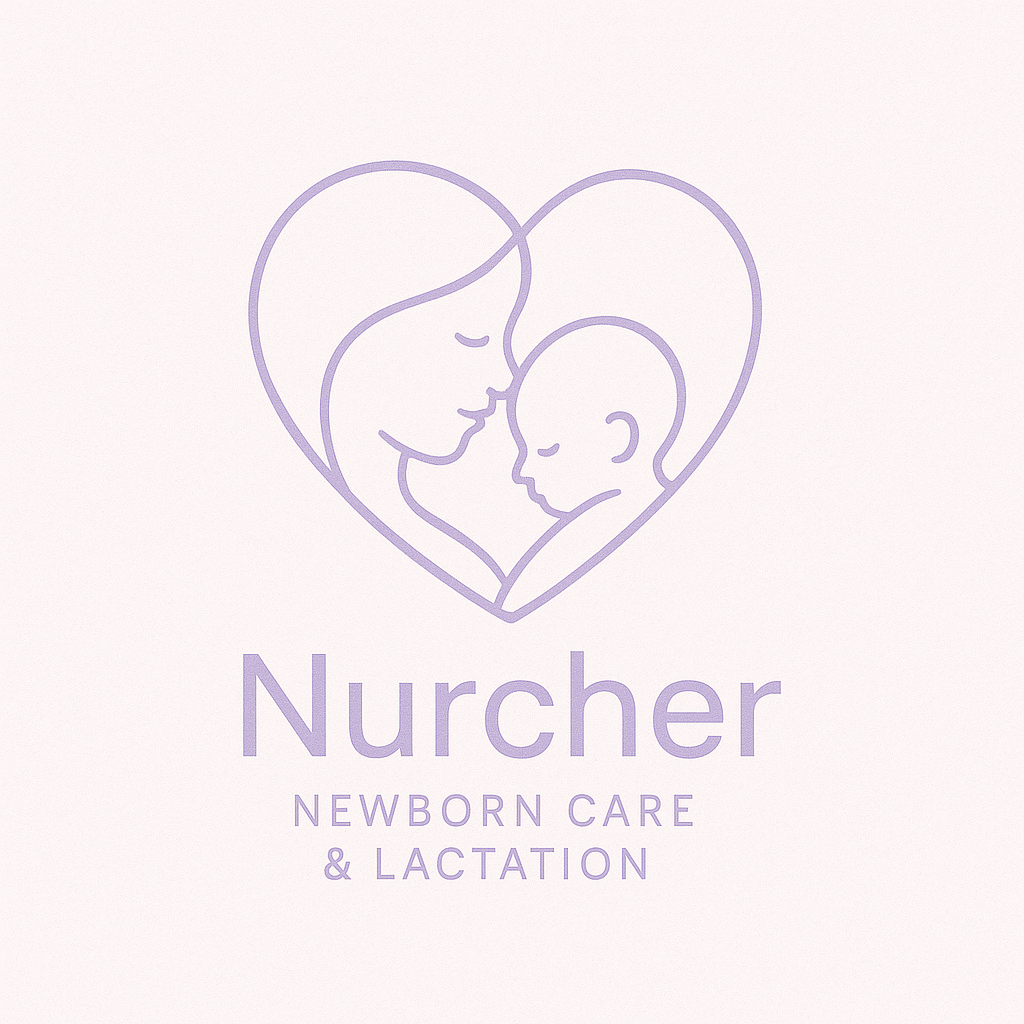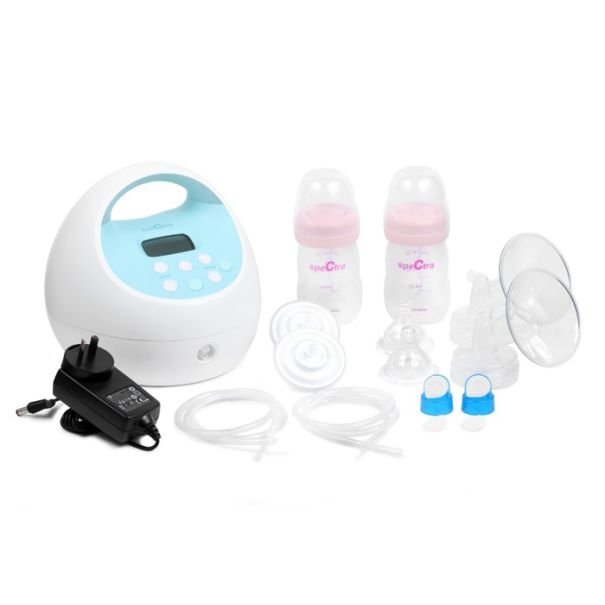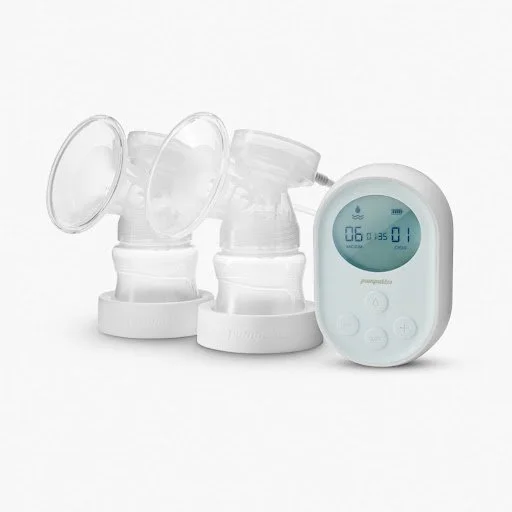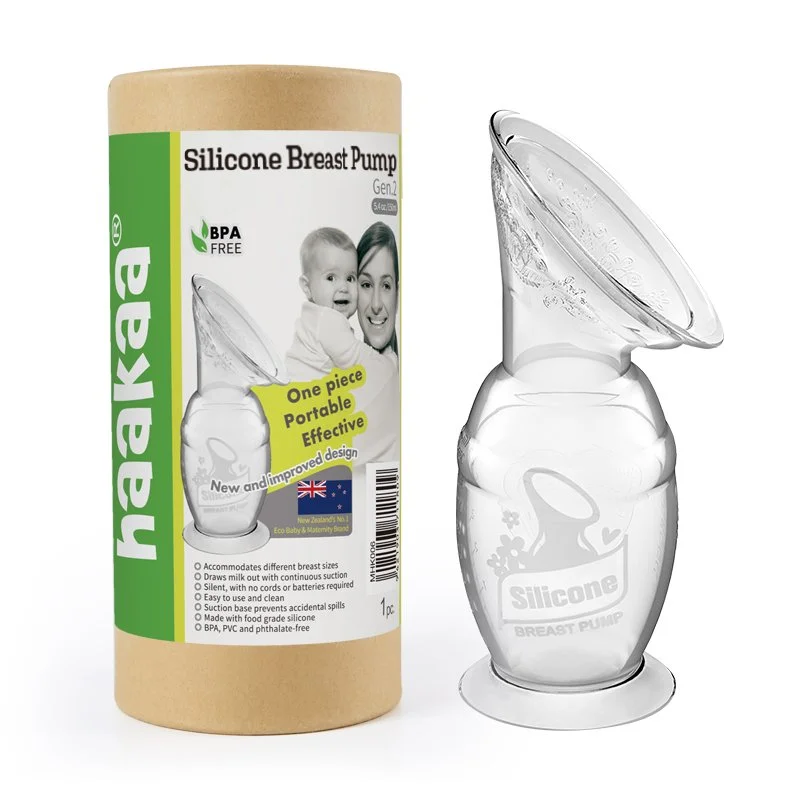Which Breast Pump Is Right for You? A Gentle Guide for New Parents
Choosing a breast pump can feel like stepping into a whole new world—there are so many options, and it's not always clear which one is best for you. Whether you're exclusively pumping, heading back to work, or just looking to build a small freezer stash, here's a simple guide to the different types of breast pumps and how they might fit into your feeding journey.
Hospital-Grade Pumps
These are the strongest and most efficient pumps, often used in the early postpartum days—especially if your baby isn’t latching or you're working on building your milk supply. Hospital-grade pumps are usually rented and offer powerful, consistent suction. They're a great choice when you need extra support in establishing or maintaining your milk supply. Unfortunately, “hospital grade” has become a marketing term for many manufacturers as it is not a regulated measurement. These pumps are especially helpful immediately after birth to encourage mature milk to come in quickly, if you had a premature or multiples birth, increase supply if you are having breastfeeding difficulties, or are experiencing a prolonged separation from baby. Most hospitals (including all the ones that I have worked in or be been a patient in) have these pumps for use while you are inpatient after baby is born, though you may not need to use one. You can often rent them after you are discharged too! Remember, these pumps are expensive to buy, bulky, and not conducive to being “on the go” but they are strong and effective for helping with your milk supply!
Examples: Medela Symphony and Ameda Elite or Platinum
Traditional Electric Pumps
Think of these as the middle ground between hospital-grade and wearable pumps. Traditional electric pumps are a tried-and-true option for many breastfeeding parents. These pumps are typically used at home and are a great choice for those looking to establish or maintain their milk supply with consistent, effective pumping. Most models offer double pumping and customizable suction settings, making them efficient and comfortable for regular use. While they’re not as portable as wearable or battery-powered pumps and usually require access to an outlet, their power and reliability make them a solid choice for daily use, especially in the early weeks or when returning to work.
Examples: Spectra S1 or S2, Medela Pump in Style, and Motif Luna
Portable Electric Pumps
Similar to traditional electric pumps, these serve as middle ground between hospital-grade and wearable pumps in terms of suction strength. Unlike traditional pumps though, they’re compact, lightweight, and run on rechargeable batteries, making them great for pumping on the go. You’ll still need to hold the flanges or wear a pumping bra, but they’re a convenient option for parents who need flexibility without sacrificing too much power. These portable pumps still have flanges like your traditional pump that connect to the motor via tubing, however that motor is usually about the size of your hand. Although the motors may be smaller, some of these portable pumps offer the same suction strength as your traditional pump! While there are many different hacks you can find online with these pumps, just remember that you risk voiding your pumps warranty if it breaks while using other pump brands parts. With that in mind, portable pumps are an amazing option especially if you won’t be able to be attached to the wall for your pump session. I will definitely be trying this option out as I get ready to have 2 under 2 this fall!
Examples: Pumpables Genie Advanced, Baby Buddha, Elvie Stride, Legendairy Milk Duette, Freemie Liberty II, Spectra S9, and Medela Freestyle Flex
Wearable Pumps
Designed for multitasking, wearable pumps fit right into your bra and let you pump hands-free while moving around. They’re discreet and convenient—perfect for working parents or anyone who wants to pump while getting things done. While the suction may be gentler than other styles, many parents love the freedom they offer. The motor, flange, and milk collector are one unit, allowing you to be tube-free and hands-free. They are great once you have established your milk supply and easy to take “on the go”. I do not recommend that these serve as your primary pump, especially for those who are exclusively pumping or pump frequently, as they tend to not empty the breast as well as more traditional pumps. I personally tried two different wearable pumps (Willow Go and Eufy S1) and ended up preferring to take my Spectra with me to pump because I saw such a significant difference in my output. However this is not everyone’s experiences and I look forward to trying wearable pumps with my next breastfeeding journey.
Examples: Elvie, Willow Go or 360, Legendairy Milk Imani, Momcozy s12 or s9, Eufy S1 Pro Heated Breast Pump, and Motif Aura
Manual Pumps
Manual pumps are hand-operated, budget-friendly, and perfect for occasional use or travel. They’re quiet and don’t require batteries or cords, which makes them easy to use just about anywhere. If you’re not planning to pump often, or just want a backup, a manual pump is a great tool to have on hand.
Silicone Pumps (like the Haakaa)
These soft, suction-based pumps work passively—often collecting milk from one breast while you nurse on the other. They're especially helpful in the early weeks to catch letdown and save milk that might otherwise be lost. Simple, affordable, and easy to clean—they’re a favorite for new parents.
Still Not Sure Which Pump is Right for You?
Every parent, every baby, and every feeding journey is different. During our visits, I’m happy to walk through your options, check flange sizing, and help you create a plan that works for your body and your lifestyle.






